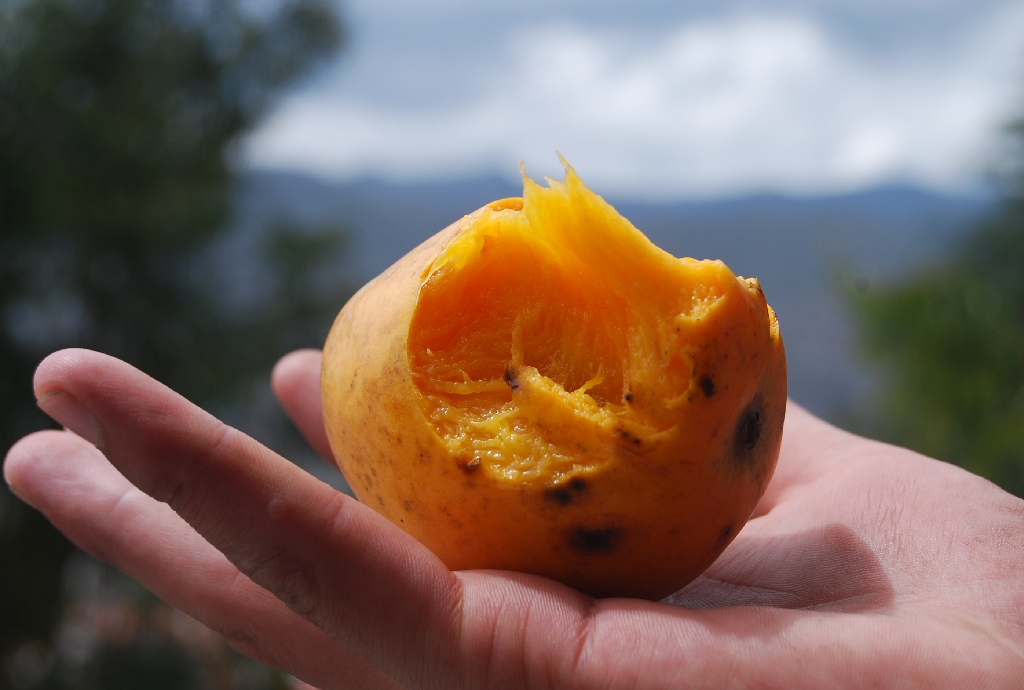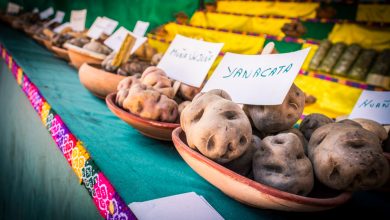Mangos, Yellow and Orange, in Cusco

Eating a Mango Without Peeling
Mangos from La Convención are some of the most awaited fruits of the rainy season in Cusco. Because of climate change, this year brought the unfortunate surprise of a shortage of the fruit. It is strange to not see it in the street from November on. You will see our caseras selling other things instead of mangos, such as desserts, jams, and ice creams made and a base of mango.
In the fruit section of the popular markets of the City of Cusco the price of mangos varies according to their points of origin, their size, and their appearance. Visitors and locals can always obtain a good mango year round since they come to us from all the different regions of Peru. Mangos are differentiated by the zone in which they grow, the color of the fruits peel, its pulp, its scent, and its size.
The mangos that come from the coast and the largest. They have more pulp and their peel is yellow with red spots or red with orange spots. In contrast, those which come from the tropical areas of Cuzco, such as Quillabamba, are a bit smaller and have a particular taste. They are sweeter than those of the coast. They are either yellow in color with black spots or just pure yellow.

Right now mangos are a bit pricey since the production is down from the lack of rain. One mango from Quillabamba now costs between 1.50/S and 2/S. Last year they were 4 mangos for 2/S. Even though their price his higher, people cannot avoid the temptation to eat a fresh mango at this time.
Students in our school, universities and other educational centers carry them for their breaks. Their sweet taste raises the student’s spirits and energies.
This fruit contributes to your health. It is beneficial for people at any age. It is low in calories and, as a result, can help you lose weight. It has proteins and so can contribute to muscle health and to better physical endurance. And, its sweetness includes calcium, fiber, phosphorus, iron, and vitamins A and C.
It is easy to identify a ripe mango. Its sweet sent slows out from its yellow peel that it wears like a suit. On first sight it make you notice its sweetness and its juicy pulp that covers a seed and fibers. And, at first taste the peel is transformed with the juice that dances over your palate and creates a sweet feast. The pulp, skin, and juice continue dancing around your teeth and into your body and soul every time you take a bite.
Before you eat a mango you should wash it well. Because it is sweet it draws insects and dust. Some people peel the mango before eating it but I love to feel my teeth break the mango’s surface and the burst of its pulp and juice. I only leave behind the seed.
This fruit is important at this time of year because many restaurants, hotels, juice bars, and other places require its flavor for making up their juices, desserts, pizzas and other dishes for which mango is essential.





